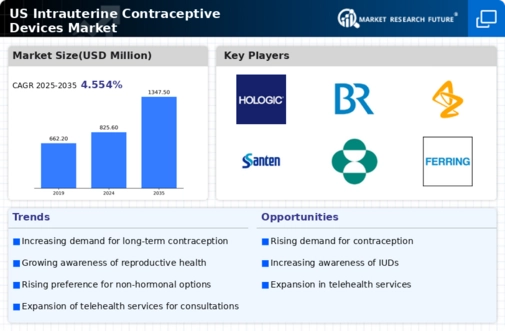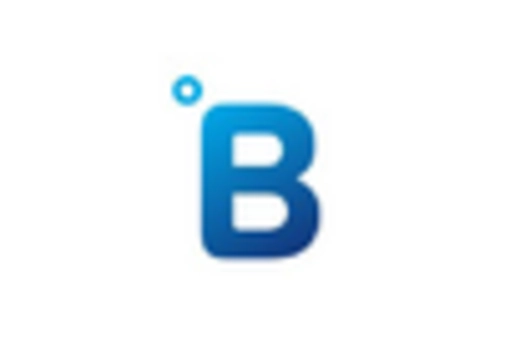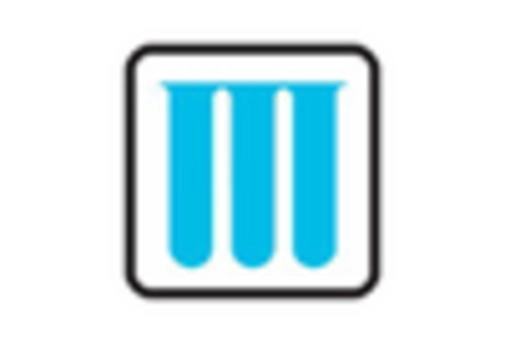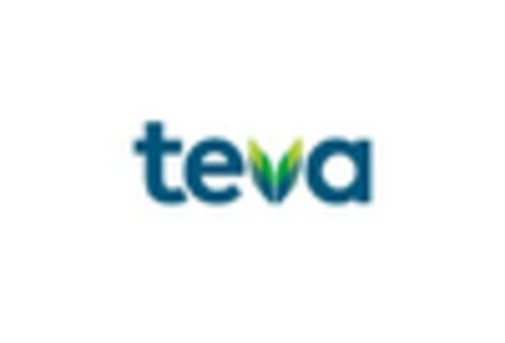The competitive landscape of the US Intrauterine Contraceptive Devices Market has evolved significantly in recent years, driven by advancements in technology, regulatory changes, and an increasing awareness of reproductive health among women. Companies within this market are focusing on innovation and sustainability to capture market share and respond to diverse consumer needs. The introduction of various types of intrauterine devices, including hormonal and non-hormonal options, has broadened choices for consumers, leading to heightened competition among manufacturers.
Additionally, marketing strategies and educational campaigns aimed at increasing awareness about the benefits and safety of intrauterine contraceptive devices have intensified with growing demand. As competition continues to evolve, companies must navigate regulatory environments while fostering partnerships and alliances to enhance their market position.
Hologic
Hologic has established itself as a strong player within the US Intrauterine Contraceptive Devices Market, significantly impacting the sector with its innovative products. Hologic's strength lies in its commitment to science and technology, which has allowed the company to develop and market various intrauterine devices that emphasize user safety and effectiveness. The company leverages its substantial research and development capabilities to keep ahead of the competition, focusing on product quality and patient outcomes.
Hologic's existing infrastructure and distribution networks enable it to maintain a robust presence across numerous healthcare facilities, ensuring that healthcare providers and patients have access to its offerings. Hologic's strong branding, clinical support, and commitment to women's health also contribute to its reputation as a trusted entity in the market, fostering customer loyalty and brand recognition.
Bayer
Bayer remains a formidable competitor in the US Intrauterine Contraceptive Devices Market, renowned for its well-established product portfolio and innovative solutions. The company provides numerous key products, including hormonal IUDs that cater to varying consumer preferences and reproductive health needs. Bayer has invested significantly in research and development, resulting in devices that not only enhance contraceptive efficacy but also support long-term reproductive health outcomes. The company's presence is complemented by strategic mergers and acquisitions that have bolstered its market position and expanded its product offerings.
Bayer emphasizes partnerships within the healthcare sector, enhancing its ability to reach diverse demographics and address varying healthcare needs. Additionally, Bayer is involved in educational initiatives aimed at increasing awareness of IUDs, further establishing its position as a trusted leader within the US Intrauterine Contraceptive Devices Market.






















Leave a Comment